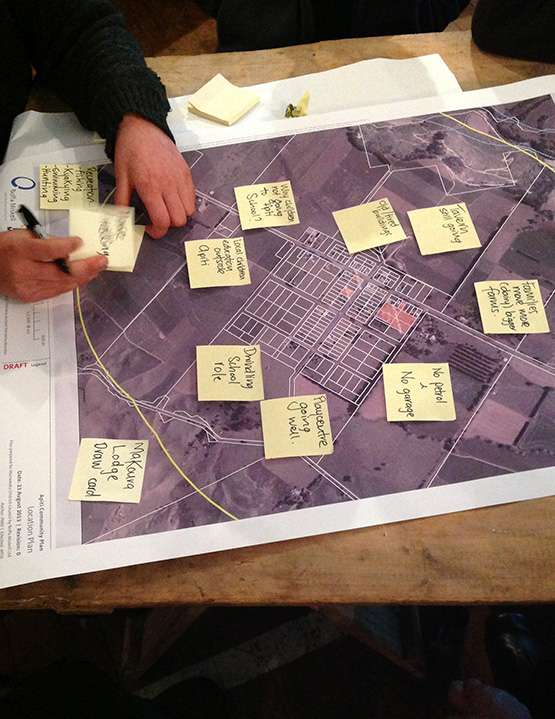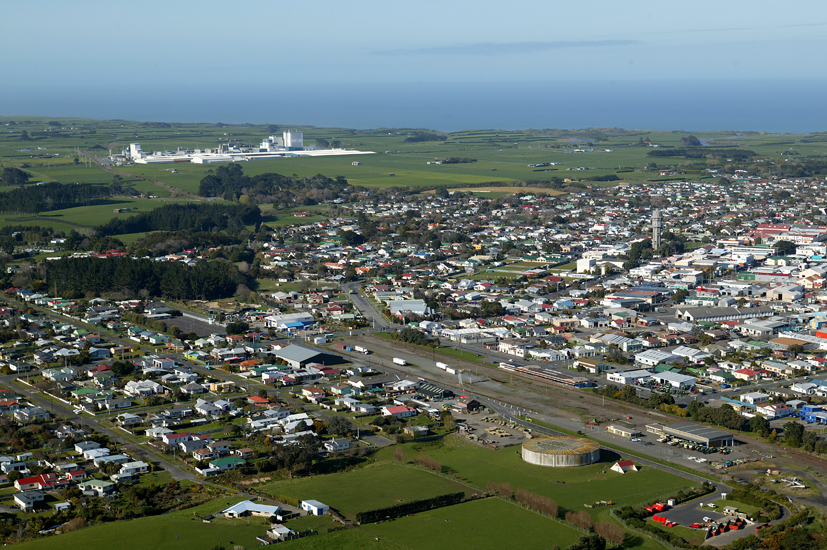Locally concieved, locally relevant: planning ahead for the next phase of development in South Taranaki.
The South Taranaki District Council needed to review its district plan, so it could meet its obligation under the Resource Management Act, which requires 10-yearly plan reviews. The council decided to seek help, and Boffa Miskell was selected to manage the review, including policy development, consultation and preparation of the new district plan. An inclusive and responsive process based on confirming key issues and finding workable provisions resulted in a new district plan fit for the next 10 years.
Preliminary scoping showed that the existing plan structure worked well, and the district’s environment was not under significant pressure despite major farming, oil and gas activities. However, a number of resource management issues needed to be addressed and plan provisions updated to reflect current practice, so a full plan review was undertaken instead of partial plan changes.

